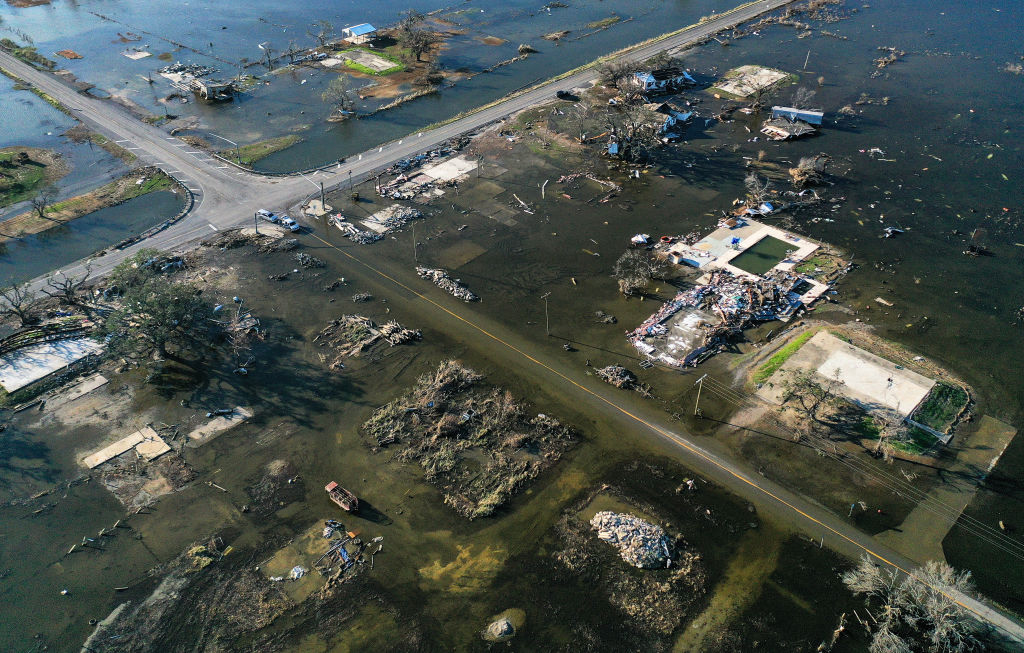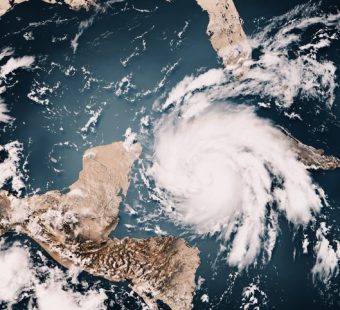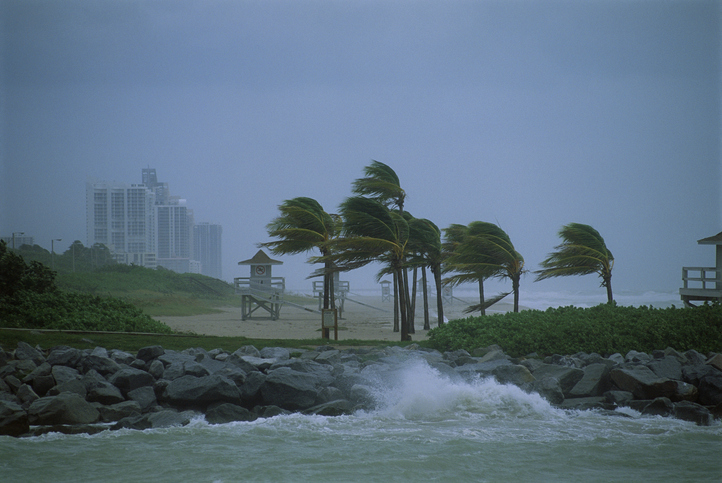
Record-breaking 2020 Atlantic Hurricane Season Ends Today
Today is the official last day of the 2020 hurricane season which runs from June 1 to November 30. This year surpassed 2005 as the most active on record with 30 named storms forming over the Atlantic basin.
Of the near-record 13 hurricanes that formed this year, six were major hurricanes. Twelve named storms made landfall in the continental United States, breaking the record of nine set in 1916.
Colorado State University climate scientist and Triple-I non-resident scholar Dr. Phil Klotzbach talks about the devastating season in the video above.
This
season featured six U.S. landfalling hurricanes (Hanna, Isaias, Laura, Sally,
Delta and Zeta) – tying the 1886 and 1985 seasons that had six each – as well
as six U.S. landfalling tropical storms (Bertha, Cristobal, Fay, Marco, Beta
and Eta). Due to the high amount of tropical activity, the National Hurricane
Center used Greek letters to name storms for only the second time ever.
The strongest hurricane to strike the U.S. in 2020 was Hurricane Laura, a Category 4 storm with
maximum sustained winds of 150 mph when it made landfall at Cameron Parish,
La., on Aug. 27 and caused catastrophic damage in Lake Charles. Six weeks
later, Hurricane Delta struck only 13 miles east
of where Laura came ashore. Hurricane Zeta and tropical storms Cristobal
and Marco also made landfall in Louisiana this year, the most storms to ever
strike the state in a single season.
Another significant Gulf Coast weather event was Hurricane Sally. It made landfall near Gulf
Shores, Ala., on Sept. 16 as a Category 2 storm with maximum sustained winds of
105 mph. Sally caused extensive damage in Alabama and Florida. Hurricane Isaias, which made landfall near
Ocean Island Beach, N.C. on Aug. 4 as a Category 1 (85 mph) storm, was the most
significant storm to impact the East Coast.
“As we anticipated, the 2020 Atlantic hurricane season had an anomalously warm
tropical Atlantic as well as La Niña conditions, which helped fuel the extremely active season that occurred,”
said Klotzbach.
A typical Atlantic hurricane season, which starts on June 1 and ends on Nov.
30, sees 12 named storms, six hurricanes and three major hurricanes. The CSU
team had predicted an “above-normal level of activity” its initial April 2020 forecast and projected
sustained above-average activity in subsequent forecasts as atmospheric conditions
remained favorable for hurricane development.
The 2020 hurricane season established other milestones, according to Klotzbach.
“Twenty-seven of the 30 named storms broke the record for earliest formation by
storm number,” Klotzbach said. “And we had two Category 4 hurricanes (Eta and
Iota) strike Nicaragua in November. Prior to 2020, no hurricane stronger than a
Category 3 had made landfall in Nicaragua in November. Iota also became the
latest calendar year Category 5 hurricane in the Atlantic on record.” Iota was
the strongest Atlantic hurricane of 2020, reaching maximum sustained winds of
160 mph.
“During
this extremely active hurricane season, we experienced storms that generated
significant wind and water damage, especially throughout the Gulf Coast,” said
Triple-I CEO Sean Kevelighan. “In fulfilling its traditional role as the
nation’s financial first responders, U.S. property/casualty insurers have been
at the center of disaster recovery for impacted communities. Given the amount
of flood-caused property damage we’ve seen this year, the Insurance Information
Institute will continue to stress the importance of having flood insurance in
coastal and inland areas. To that end, consumers should now be aware that
because of recent regulatory updates, there are more private flood insurance
offerings available. It is important to reach out to your insurance
professional to understand the best options.”



